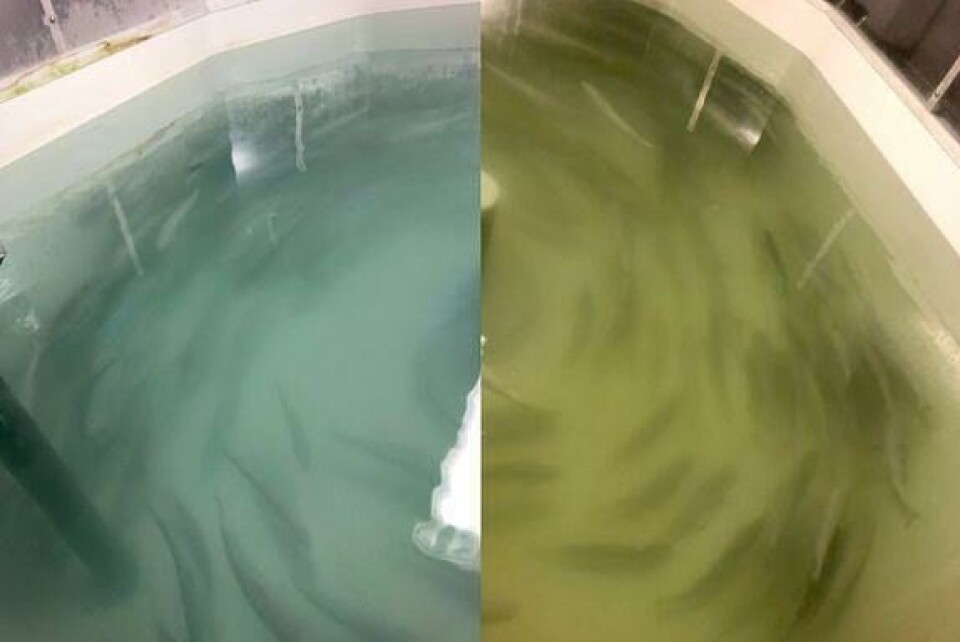
Study defines brackish water ozone limit for post-smolts
Scientists have determined that post-smolt salmon tolerate a similar level of ozone in brackish water as they do in fresh water. That knowledge is important to ensure good water quality and fish health in closed facilities.
Researchers from Nofima (Norway) and The Conservation Fund Freshwater Institute (TCFFI, United States), both central in CtrlAQUA (Centre for research-based innovation), carried out a trial determining the ozone limit in a flow-through system.
Atlantic salmon at 100 grams were reared for 12 days in brackish water of 12 ppt (parts per thousand) salinity. They were exposed to ozone levels of 250 (control), 280 (low), 350 (medium), 425 (high) and 500 (very high) mV (millivolts).
Changes in the gills
The researchers identified ozone levels up to 350mV as potentially safe and 300 mV as safe for the health of post-smolts in flow-through brackish water.
There was high mortality after a few days in the two highest groups, and the highest group was terminated for this reason. For the group exposed to 350 mV, the scientists observed changes in the gills, but these were within the range of acceptable response. The mortality for this group was 1% and there was no mortality for the two lowest groups.
The scientists also tracked indicators of fish welfare, such as genes important for antioxidant defence and quality of skin and gills.
Crowding near tank inlet
“What surprised us, was that ozone is much more aggressive on the gills compared to the skin. It means that gills are a good indicator tissue to check out the sensitivity to ozone,” says Carlo Lazado, fish health researcher at Nofima.
Should ozone levels become toxic to fish, the morbidity and mortality is primarily the result of gill malfunction. The effects are observable to the naked eye, with increased respiratory rate and fish crowding near oxygen-rich tank inlet water.
Read a more detailed version of this article in the next edition of Fish Farming Expert online magazine, out soon.
View the scientific article “The Effects of Ozone on Atlantic Salmon Post-Smolt in Brackish Water—Establishing Welfare Indicators and Thresholds” here.























































